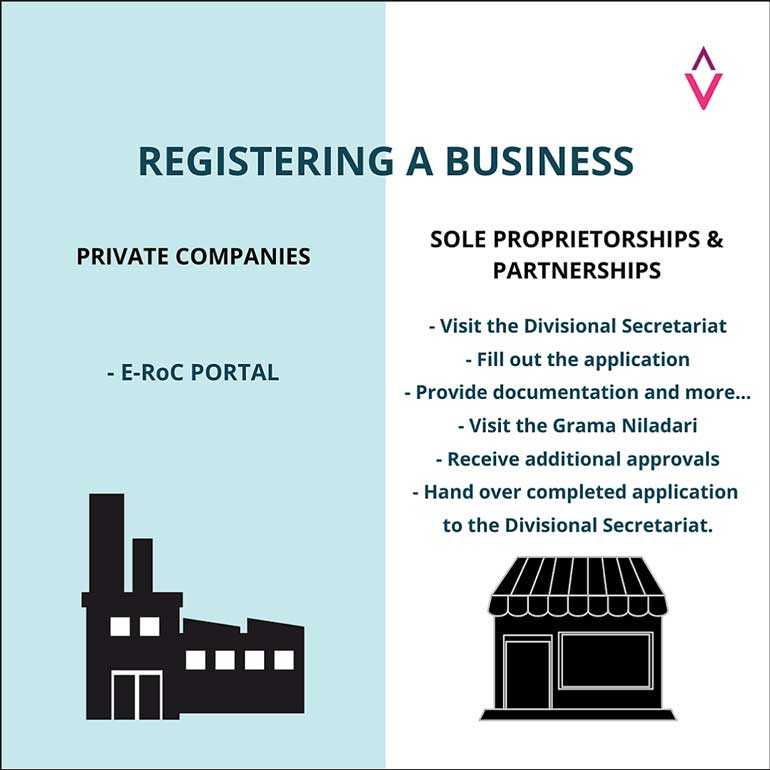Over 600,000 new businesses are started around the world every month. Out of those, over 50% fail within the first year. We see mind-blowing products released every year, but never penetrating the consumer market. What is the reason behind this? There maybe a handful of reasons, but among them for sure is: Marketing. Without the correct marketing mix, however amazing your product is, it’s bound to fail – by never reaching the customers it was intended for.
What is the marketing mix?
The exact mix of marketing elements that are optimal for your business is the marketing mix. The marketing mix is made out of 4 Ps.
Important caveat: Nowadays these four Ps have been added to by marketing pundits, and you may come across as many as 8Ps, but trust us, these four are the biggest.However, the 4P model has stood its ground as the base for all these variations.
Let’s find out what the 4Ps are.
What are the 4Ps?
Simply put, the 4 Ps of the Marketing Mix are Product, Place, Price and Promotion. The 4P Marketing Mix has been the dominant framework for marketing management decision making for the past half-century after first being published in 1960.
What is “Product”?
Whatever that you are offering to the customer at a specific price is the product or service. For example, if you sell fish, the fish is your product and if you offer health care, that is your service, which for this model, is you product.
Easy right? Here’s the catch, in the marketing mix, it is said that the product you are offering to the publicshould satisfy a need and provide an experience for which your customers are willing to pay. If you are selling rotten fish, no one will pay for it or if your service is not catering to their need, they will find another service provider. Well, except maybe crows hoping for some unsold scraps.
The point is, you have to have a good Product to be able to market it. Always keep a habit of checking your product continuously for quality. Check if the competitor offers a better product or service than yours and adjust accordingly. After all, you should be the best in the business, right?
What does “Place” mean?
Where do you think your customers look for your products? If you are selling eggplants, they probably won’t look for your eggplants at a communication shop. They will most likely be seeking them out at a supermarket or a village fair right? Understand where your target market is looking for your product category, so you can catch them at the right moment, when they are looking for it. Then target your marketing and sales attempts to that identified locality. But make sure that the place where you offer your service or sell the product is accessible to all your customers. Imagine them trying to find you in a very isolated area where it is hard to even find a method of transportation? You won’s make much sales like that! They’re not going go through that trouble just to pay for whatever you’re offering them – unless maybe you’re the only vendor, and even then, not gladly.
What is the right “Price”?
Pretty simple actually. The price is the monetary value for which you are offering your product. The big bold number on the rack or on the label that you check before buying anything. As a shopper, that same number can also motivate you to put back on the shelf the item you took to hand, if the number is too high, right? The Marketing mix suggests that the customers will pay a higher price for a product that has a higher value to them and will pay a lower price for a product with less value – to them. Price determination and control is actually a really complex subject. Before deciding on a price, here’s one important question you should ask yourself:
- “Is your product worth the price you wish to charge, in the eyes of your target consumer?”
And here are a few more questions:
- “How much does it cost you at minimum, to get the Product, to the right Place, where this target customer can pick it off the shelf?” This will include the raw material and production cost, but also transport, retailer margins, carrying costs, and even financing costs. If you set the price below that figure – well, you will be doing business at a loss.
- “What does your competition charge?” Are you able to meet that Price, competitively, meaning you are not only able to make a profit at that price, but also spend on competition, product improvements and the like. Sometimes you don’t have a direct competitor in terms of price – the competition is selling an obviously inferior product perhaps, so you can afford to charge more just to attract the higher-end customer – can you think of a famous phone and laptop maker, or several makers of fine wines? There’s a fascinating area of study into Veblen goods– do some research, you may find inspiration for finding the right price point for your premium product.
- Finally, and trickiest of all, “what is the most sustainable, and fairest price I can charge, if I want to keep my customers happy and loyal, considering all of the above?”.
Difficult? A little, maybe. However, deciding the optimal price for your product is one of the most important parts of the marketing mix. So, consider all the factors above when deciding your price. If you find you’re unable to support your product or service at the price you need to set, that may require a serious re-think of your underlying product costs. If you find you’re making a healthy profit, remember that you’re in a competitive market. If others see you doing well, they are bound to analyse the market, and take a stab at giving you some healthy competition – it’s how the capitalist system delivers the best valye for money to the consumer. So make your money – fairly – while you can!
If you need a deep dive into Price, why not ask Brittanica?
The 4th P, “Promotion”
No, this is not what your boss gives you after years of hard work. Plus, it is also not always about TV ads either.Promotion encompassesany form of communication from the company to inform customers and prospects about what is on offer. There are many channels of promotion in the 21st century. You have to be smart enough to choose the proper channel that is best suited for your product. For example, it would be ridiculous to see an aircraft manufacturer’s advertisement in the weekend paper right? It seems that way because then, they are not addressing their target market.
Keep in mind to use the best promotion method and channel to promote your product. Just rush a search for promotion channels. Go on. You will find a million and one ways to promote your product. Choose wisely.
Remember that you should have a budget for promoting your product (which will be closely related to the numbers you expect to earn when it finally sells, minus all costs). This budget can be managed by keeping the promotions targeted to the right segments, timing them just right, and getting the message just right. Obviously, this topic deserves several articles by themselves, for a fuller description.
4Ps and we’re done, right?
Well yes, but actually no. As I told you before, there are many more Ps discussed today. One variant is the 7Ps for Service industries. This has three Ps more important for service providers than product providers. These are; Process, People and Physical evidence. ”What are they” you ask?
Why “People” in a service marketing ix?
People are those living, breathing organisms that work for your organisation. Having the right person involved in the right task is extremely important. The marketing mix suggests that an employee who actually wants to do the job is more effective than someone who is doing it because they have to. Remember; a motivated employee is an asset to your organization. Try to find as many such people as possible. This will lead to the eventual success of your business.
What is “Process”?
The process is basically the overall experience a customer will engage in whilst doing business with your business. Okay, picture this. You are going to Pettah to buy vegetables. You can hear the infamous “Labai, Labai” screams mixed with the sounds of car horns. Now imagine going to a luxury supermarket to buy some veggies. AC on your skin, air freshener tingling your nose. Do you see a difference between the overall experience in the two businesses? Why do you think more and more people are opting to visit a supermarket these days? Simply because of the difference in the Process between the two businesses. Therefore, make sure you establish proper processes in your business.
Remember, EVERYTHING about the customer experience depends on your process!
Finally, “Physical Evidence”
Every item that a customer touches or feels, engaging with your business are the physical evidence. Packaging, signage, reception areas, shop displays, staff uniform, stock images, catalogues… you get the idea right? These physical evidence determine the public perception about your brand. That is, when someone says the name of your business, the physical evidence of your business will come to their mind.
Recap Time!
Ask yourself five questions about the customers after you have defined and offered your marketing mix to the customers.
- Do your products cater to the needs of the customers? Yes, they look to satisfy their needs by purchasing your product or service.
- Is it accessible to the customers?
- Is it worth the price they’re willing to pay?
- Do you have the right method and the resources to communicate with the customer base?
- Do you have the right set of people to represent your product?
After asking these questions, if the answers are yes, you should be generating optimal levels of profits. If you feel like you can do better, always do, even if the answers for the questions are big giant ÿeses. If you marked No for any question, go now and revise your mix. Always constantly re-evaluate your marketing mix to suit the ever changing market. Then, your business should continue to grow.











